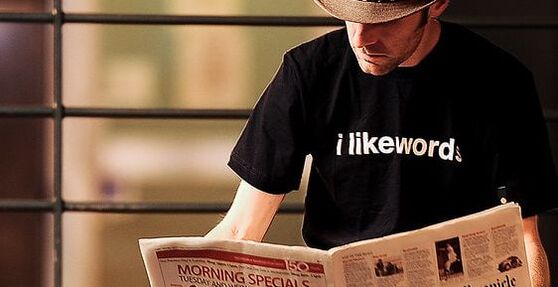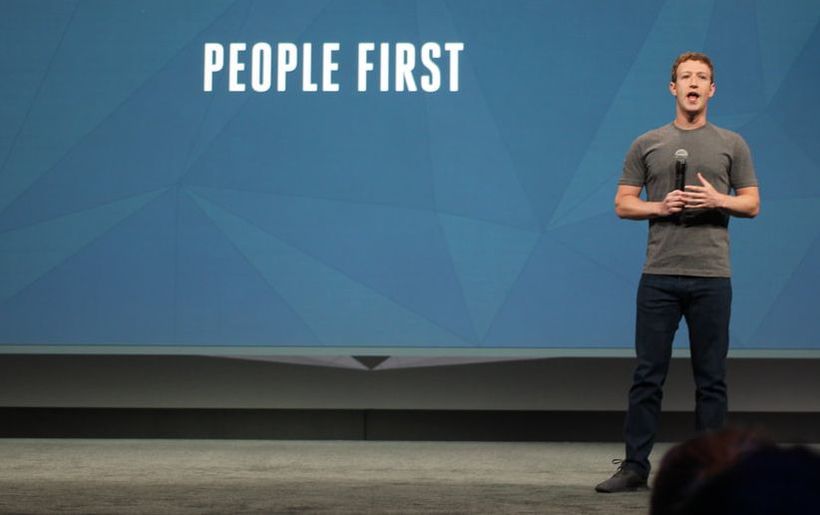|
The impact of digital disruption on traditional media is well acknowledged, but the devastating knock-on for journalism at a grassroots level is only finally registering on the political and social radar. In barely a decade, more than 100 local and regional newspapers have closed in Australia and hundreds of journalists have been retrenched. The consequence is that we have become a country of untold stories, and the crisis threatens to tip into catastrophe. One hope is that the Federal Government can stem the haemorraghing by adopting the Australian Competition and Consumer Commission’s recommendations from its Digital Platforms Inquiry. Most of the attention has been on the big media companies’ calls for greater regulation of the tech titans, Facebook and Google, who have raided revenue streams. But one of the most dramatic consequences of media disruption has occurred right around us with little apparent community concern.
1 Comment
The sale of Australian Community Media, with 160-plus regional and rural titles, to real estate marketing guru Antony Catalano is likely to usher in more promising times for newspapers across the expansive continent. Despite everyone writing off newspapers, including the very bosses who have run some of them, there’s life in the ol’ girl yet. Catalano, backed by Aussie billionaire Alex Waislitz's Thorney Investments, picked up the massive regional stable for the bargain basement price of $115 million. Among the titles bringing home the bacon are the Newcastle Herald, The Canberra Times and the often ignored agriculture bible, The Land. These titles with a handful of other daily titles rake in most of the revenue for ACM, formerly Fairfax Regional Media. Thereafter is a very long tail of lesser titles, many weeklies and bi-weeklies, that seek to serve their disparate communities the best they can with minimal resources. Not too long ago, some of those big titles alone could have reaped as much as the sum total for the entire regional empire now to be transacted. The sale tells us quite a bit about the state of print in this country, but let me zone on three insights. It was a bold enough statement for me to take note - and to recount now more than 20 years on.
While on a study tour of the US in 1996, I was talking to a senior media executive in Chicago who emphatically declared, without a hint of self doubt: “In 10 to 15 years, people will look at a newspaper and laugh”. Sure enough it’s been a rollercoaster ride, but print still matters - not just to news folk but also to those in the communications business finessing their media ecosystems. Local government is the poster child for a sector hiding its light under a bushel – and it’s time for it to shine. Many residents and ratepayers rate their councils lowly. We know that because even the councils say it. I have checked in on some of the community engagement statistics for various councils, and there is nothing to write home about. When someone signs up to your email newsletter regard it as one of the biggest compliments you will receive in business. But watch out, winning people’s trust and business via email is getting harder. Greater regulation, concerns about privacy and our frenetic Attention Economy means you will need to deploy all your communications nous to cut through the media noise. Authentic communication is a noble and righteous endeavour. But being authentic has to be more than a company catch phrase. There needs to be a real connection between how an organisation speaks about its endeavours and what it does in practice. How do you feel, for instance, when you see a stunningly shot commercial with a moving story, only to find the ad is flogging insurance? It jars. Be it corporate social responsibility or social purpose, connecting brands with deeper meaning has become a busy marketplace. As such, there is a widening gulf between those companies that are making a heartfelt connection with audiences and those that are essentially engaged in a cynical marketing exercise. Risks run high for schools and those in education sector that do not have a communications strategy25/3/2018 Education professionals are our unsaluted warriors. Politicians, C-suite executives and celebrities moan how hard their jobs have become because of these busier and more complex times lived under the spotlight of social media. I wonder how they would fare on the front line of education. Consider our headmasters, teachers and staff who are increasingly under siege as they try to shepherd Generation Now through a battery of internal and external attacks. Not too long ago, communications and marketing teams at schools could focus on building a school’s brand and delivering basic messaging. Now, every day presents a challenge. Have you noticed the world spinning a tad slower since the Facebook algorithm changes? My feed has more personally relevant posts now and less noise from those outside my inner circle. That was the intention when Facebook CEO Mark Zuckerberg announced that users’ posts and engagement would gain greater prominence at the expense of “public posts from businesses, brands and media”. Facebook wants to favour content that prompts conversation and users’ active participation rather than stuff that just gets liked for the heck of it, including previously popular video. Sounds like less cats and more discussion touchpoints. Already, time on Facebook has dropped marginally - and Zuck seems fine about that. At times, my news feed resembled more an eclectic mish-mash of news and product information than a space for personal interactions with buddies. But these changes have challenged the approach of many content marketers who had crafted strategies for clients around social media, especially Facebook, as well as media players who embraced distributing news via the platform. To be fair, though, users will be asked to indicate media they trust, which may improve the ranking of those outlets. |
AuthorStuart Howie is a Canberra-based media and communications strategist. He has worked with private and public organisations in Australia and New Zealand, helping them to discover, shape and tell their stories. He is the author of The DIY Newsroom, which won the social media/technology category at the Australian Business Book Awards. Categories
All
|










